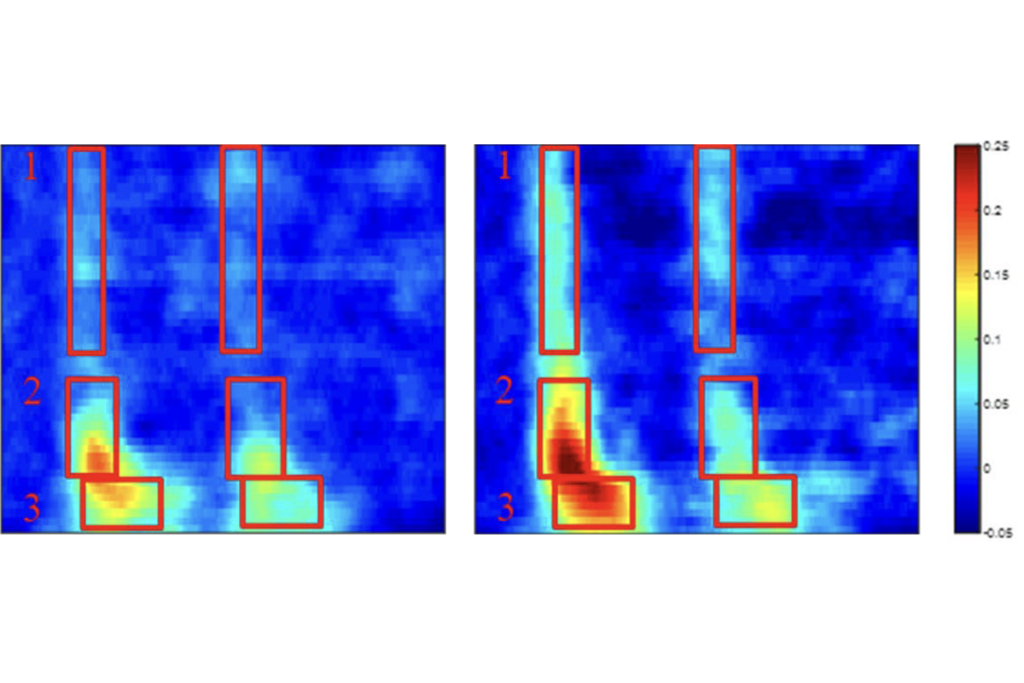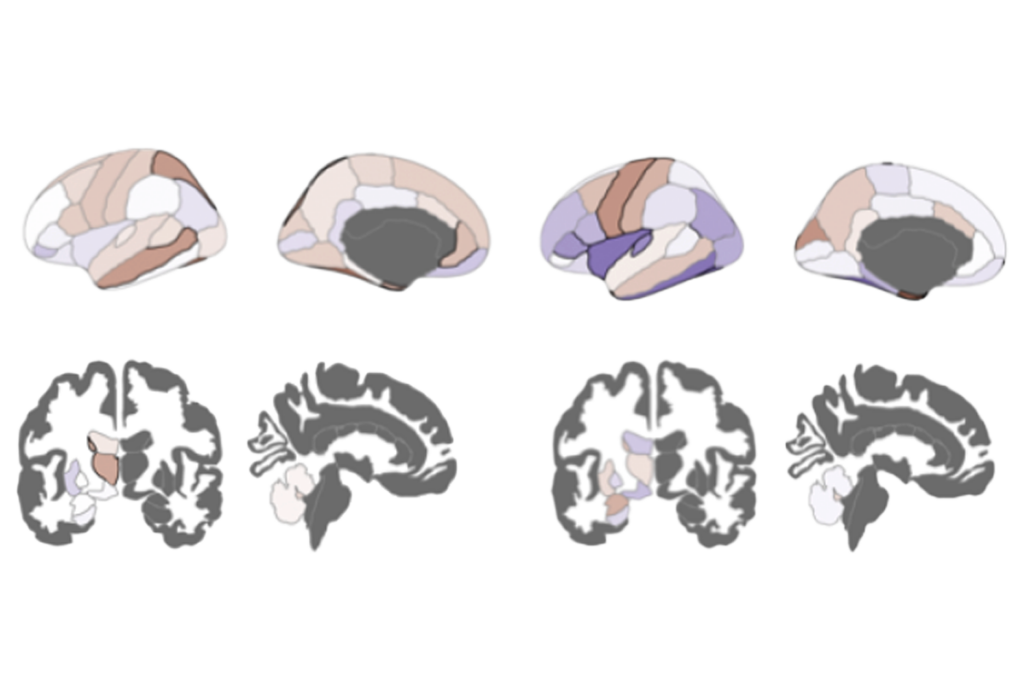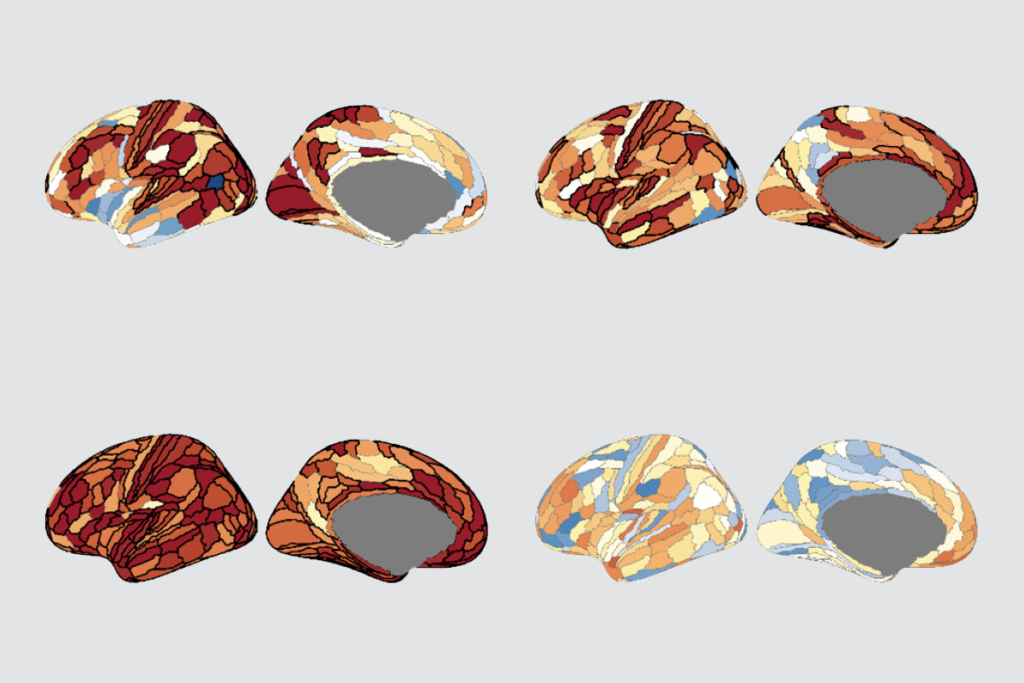Rare variation: A new study describes a specific two-hit genetic variation in a cohort of autistic families, in which a gene deletion on one allele and a genetic variant on the other allele may combine. Called “deletion compound heterozygosity,” the phenomenon is difficult to pinpoint with conventional genetic analysis even as it may contribute to various phenotypes. “There is an increasing realisation that an integrative approach to identifying genotype-phenotype associations, considering all classes of genetic variation, is a crucial step toward precision medicine,” the researchers write. They describe three complementary strategies that they used to identify deletion compound heterozygosity and share their analytic pipeline via a GitHub repository as a resource for other researchers. medRxiv
More autism research we spotted:
- “Odor experience stabilizes glomerular output representations in two mouse models of autism” eNeuro
- “Number of alpha peaks in the electroencephalogram is associated with clinical phenotype and copy number variation in youths with autism” Biological Psychiatry: Cognitive Neuroscience and Neuroimaging
- “Sex-biased transcriptome in embryonic mouse cortices under PAX6 haploinsufficiency highlights PBDC1 as a candidate regulator” bioRxiv
- “Autism spectrum disorder-risk genes have convergent effects on transcription and neuronal firing patterns in primary neurons” Genome Research
- “Overlap and differences of autism and ADHD: Digital phenotyping of movement and communication during development” bioRxiv




